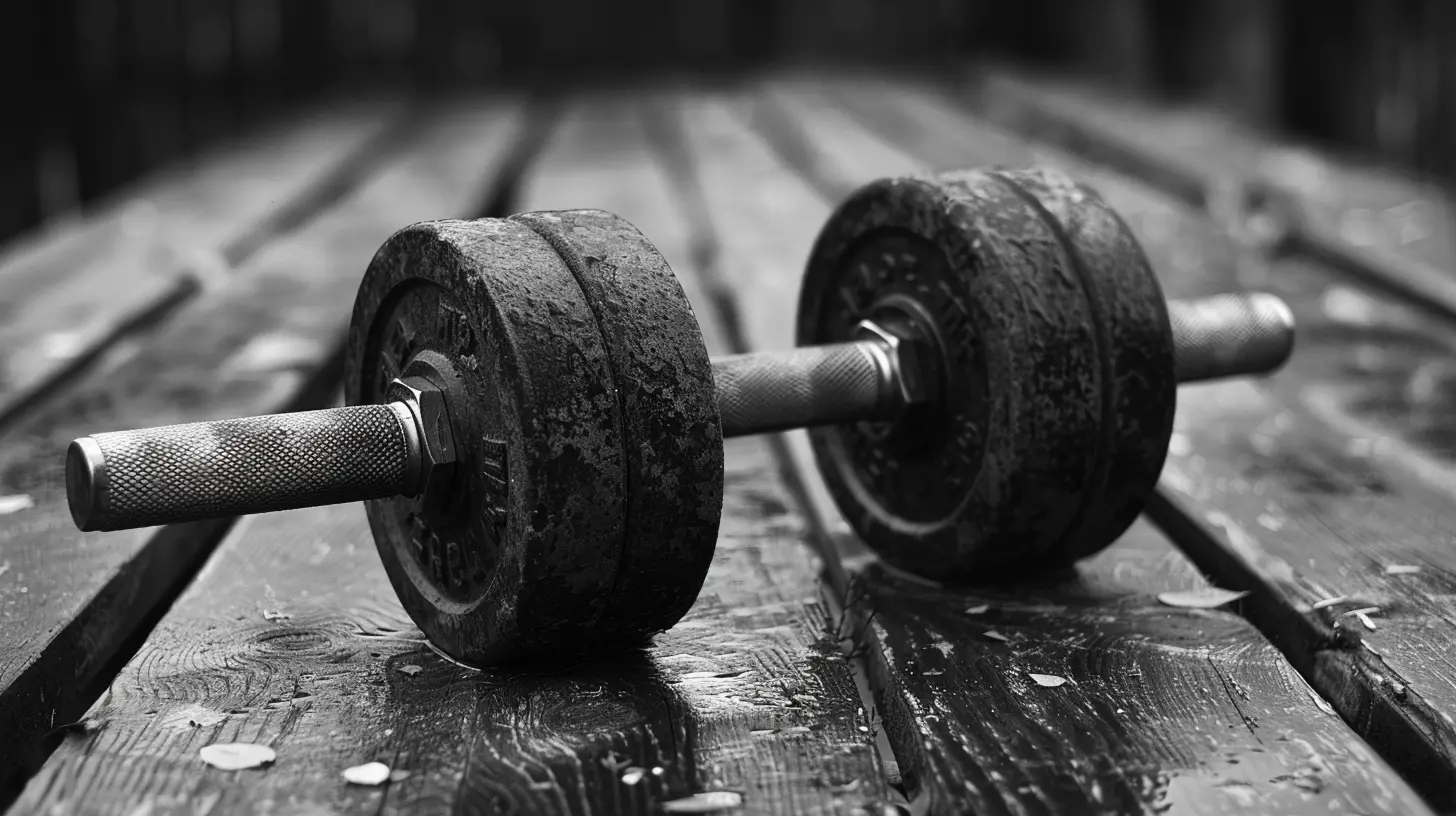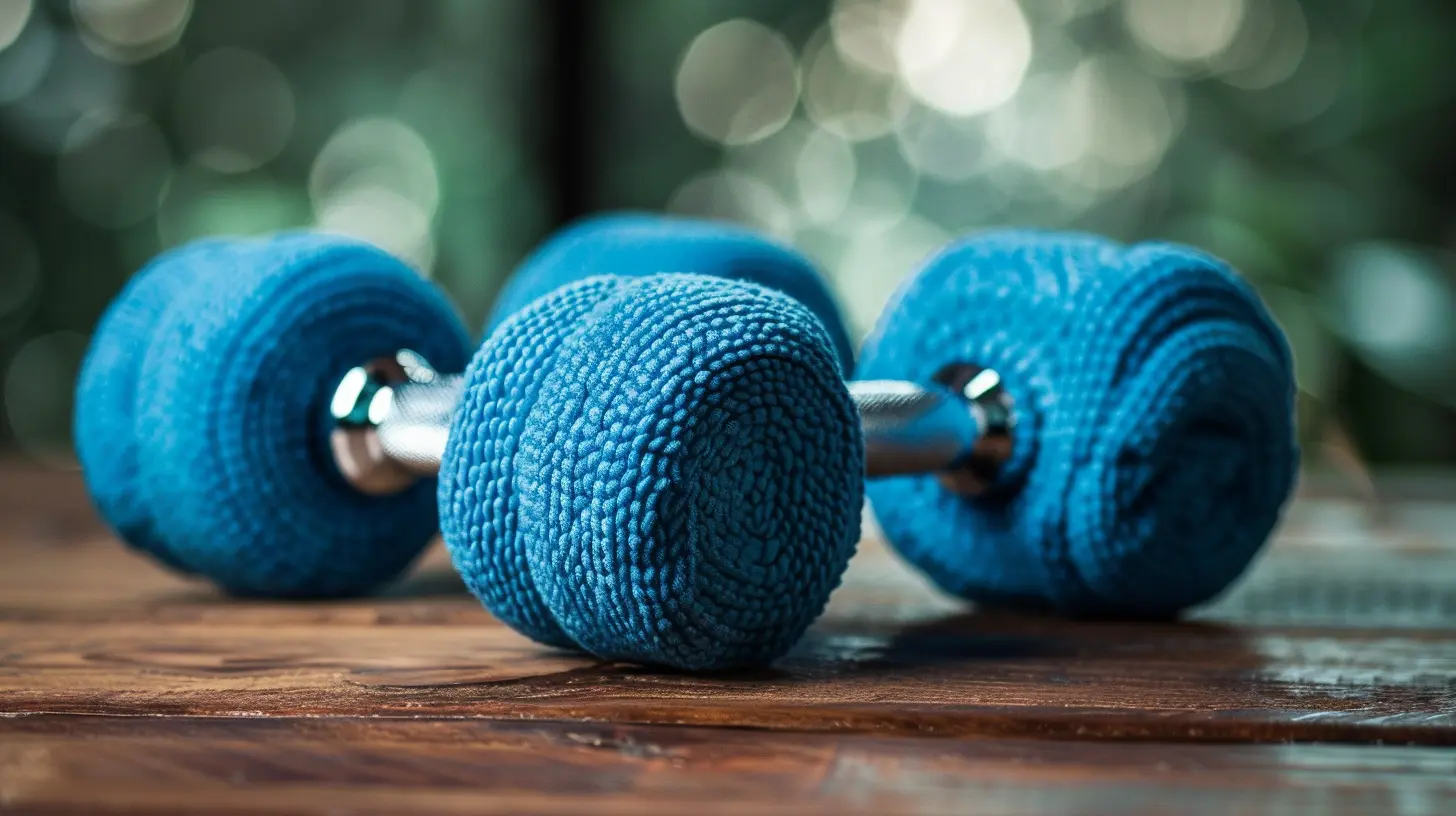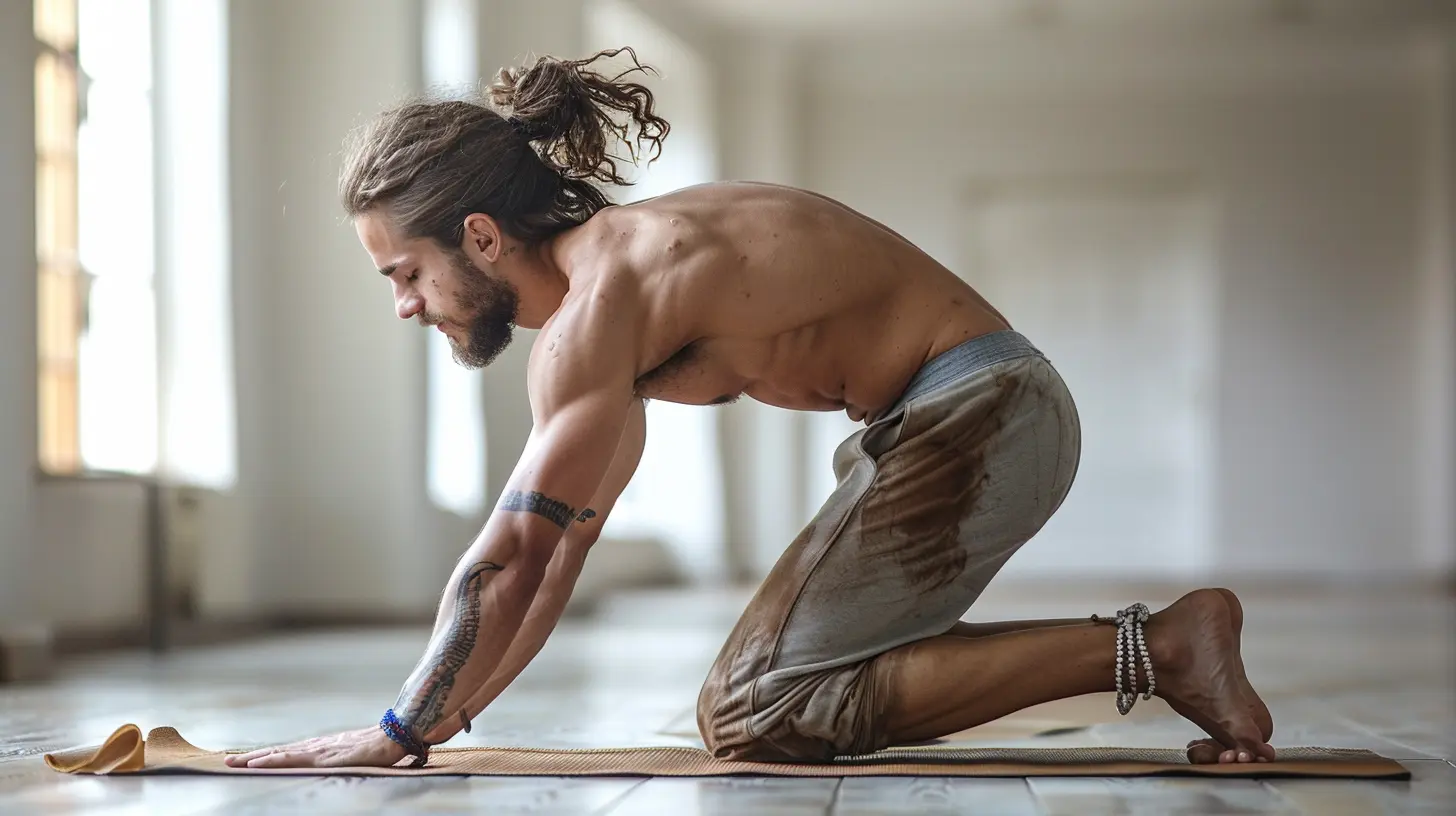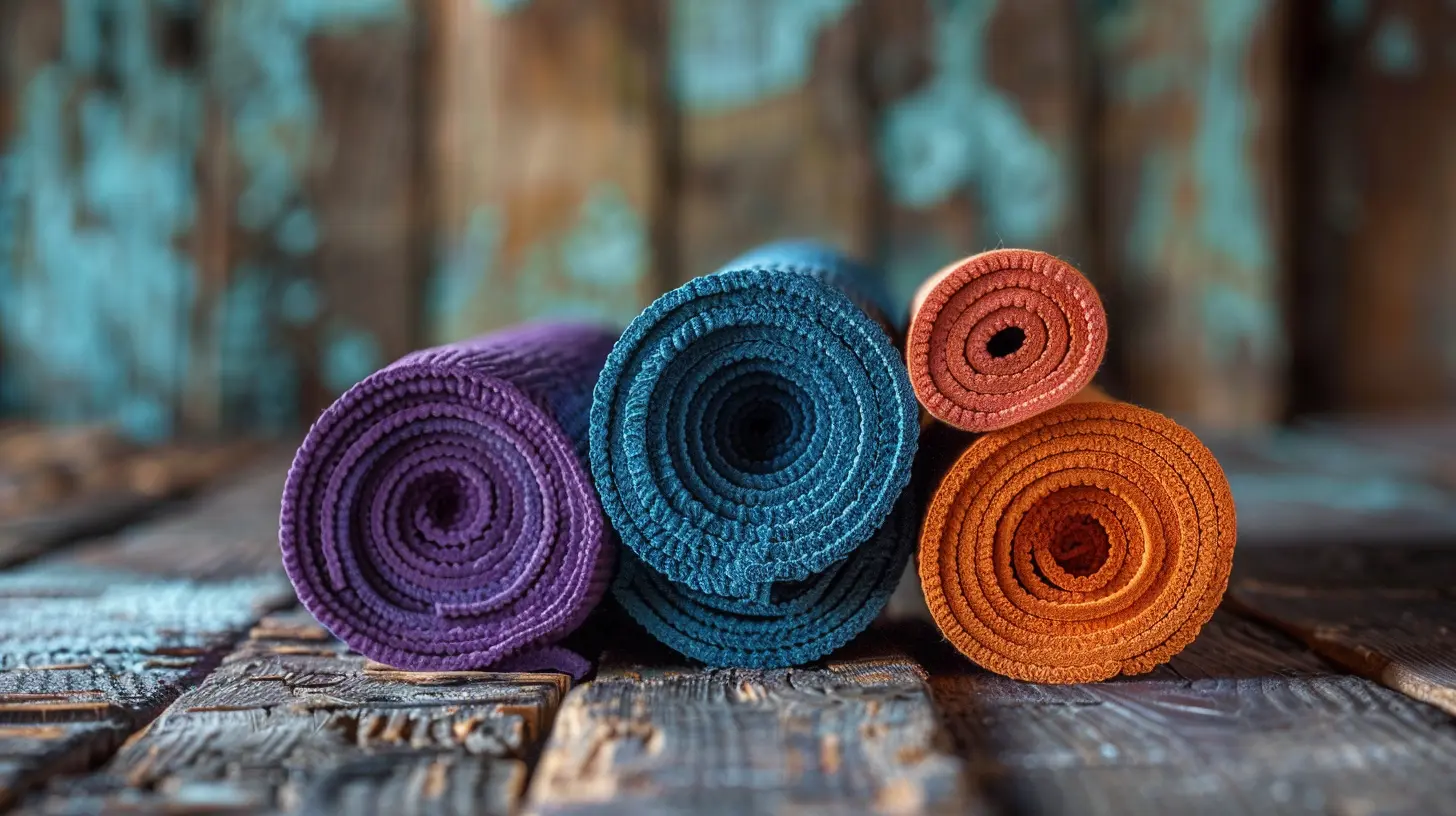How Yoga Complements Strength Training
6 August 2025
Ever thought yoga was just for tree-huggers and incense burners? Maybe you picture slow, stretchy poses and people humming "Om" in dimly lit rooms. Meanwhile, weightlifters are out there in the gym—slamming iron, dripping in sweat, and chasing PRs (personal records).
But guess what? These two seemingly opposite worlds aren’t rivals. In fact, they’re secret best friends. When done right, yoga and strength training don’t just coexist—they elevate each other. One's yin, the other's yang. One teaches control, the other builds raw power. Put them together, and you’ve got a recipe for becoming an athletic beast with a body that moves as good as it looks.
Stick with me, because by the end of this deep dive, you’ll see why yoga might just be the missing piece in your fitness puzzle.
Strength Training: The Beauty and the Beast
We all know the benefits of strength training. More muscle mass, greater power, better metabolism, stronger bones—the works.But here’s the thing that doesn’t get enough attention: strength training, especially when done without proper recovery and mobility work, can leave your body feeling like a collection of stiff piano wires. Ever tried to touch your toes after leg day? Yeah, it’s like your hamstrings are made of cement.
Here’s where yoga steps in like a graceful ninja.
Flexibility Meets Force
Yoga Undoes What We Overdo
When you lift heavy, your muscles contract. Repeated contraction without elongation leads to tightness, stiffness, and eventually pain. Yoga stretches those muscles back out, keeping them loose, limber, and ready for that next heavy squat session.It’s not about folding into a pretzel. It’s about creating balance. An overworked tight muscle is like a rubber band pulled too tight—it’ll snap eventually. Yoga helps restore that elasticity.
Ever feel like your lower back screams every time you deadlift? Or your shoulders get cranky during bench press? Often, that’s tight hip flexors or limited thoracic mobility whispering sweet nothings of doom. Yoga doesn’t just increase flexibility—it targets those sticky spots that mess with your lifting form and increase injury risk.
Mobility: The Secret Sauce
Why Mobility Is More Than Just Stretching
Let’s get real—mobility isn’t just being able to do the splits. It’s about controlled movement through a full range of motion. It’s what allows your hips to drop low in a squat without your knees buckling or your spine collapsing.Yoga is basically mobility training in disguise. It strengthens you in those end ranges, trains you to move with intention, and integrates breath with motion. That’s gold for lifters.
A deep Warrior II pose? That’s eccentric quad loading with core activation. Downward Dog? Hello, shoulder stability and hamstring lengthening. Each pose is like a mini mechanics lab where you learn how your joints move—and where they don’t.
Core Strength: Beyond the Six-Pack
Yoga Redefines Core Training
You know what most lifters think of when they hear “core”? Crunches. Maybe some planks if they’re feeling fancy.Yoga flips that on its head. Every pose engages the core in subtle, sustained ways. You’re not just bracing your abs—you’re using your breath, engaging deep stabilizers, and building mind-muscle connection.
Try holding a boat pose for a minute. Your abs cry. Now transition to side plank. The obliques get in on the action. Do that for 30 minutes and you’ve unknowingly completed the most comprehensive core session of your life—without a single sit-up.
That’s crucial because your core is the transmission for all your lifts. Weak core = poor energy transfer = weaker lifts and potential injuries. Yoga fine-tunes your core like a precision engine.
Recovery: The Often Ignored Hero
Yoga Helps You Bounce Back Faster
Strength training breaks down muscles. Recovery builds them back stronger. But recovery isn’t just sitting on the couch watching Netflix.Yoga speeds up the recovery process. The gentle movements stimulate blood flow, move lymphatic fluids, and promote tissue healing. It flushes out the lactic acid, reduces inflammation, and provides active rest.
Don’t believe it? Try flowing through a 20-minute gentle yoga sequence the day after a brutal leg day. It hurts (in a good way), and when you’re done—you’ll swear your DOMS (Delayed Onset Muscle Soreness) just got a little less evil.
Plus, let’s not forget the mental recovery. Yoga helps lower cortisol (your stress hormone), slows down your racing thoughts, and brings you back to the present. Being able to shift from “beast mode” to “rest mode” is a superpower in itself.
Breath Control: The X-Factor You Never Knew You Needed
Breathing Right Can Supercharge Your Strength
Sounds boring, right? But breathing is the foundation of all movement. How you breathe affects your tension, your stability, and your focus during heavy lifts.Yoga teaches breath control—something yogis call pranayama. It’s not as woo-woo as it sounds. Controlled breathing can help you brace better during squats, relax more during stretches, and even lower your heart rate between sets.
When you sync breath with movement, you become more efficient. You learn to breathe into tight spots, release tension, and find calm even when your muscles are in a storm.
It’s like having a built-in antigravity system. And in lifting, that kind of control can mean the difference between hitting a rep or missing it under the bar.
Mental Grit: The Real Muscle Being Trained
Yoga Sharpens Your Mind Like a Sword
Let’s talk mindset. Strength training builds discipline, sure. But yoga? Yoga builds awareness. It forces you to stay present. To sit with discomfort. To notice when your ego is calling the shots (which, let’s be honest, happens a lot in the gym).Both disciplines build mental toughness—just in different ways. Lifting teaches you to push through. Yoga teaches you when to pull back. That balance? It makes you smarter, more effective, and more in tune with your body.
And when you're more aware, you’re less likely to train through pain, overwork your system, or let your inner critic sabotage your progress.
Injury Prevention: Don’t Let Gains Turn Into Pains
Flexibility + Stability = Injury-Proof
This is the part that everybody ignores—until they get sidelined.Most gym injuries don’t come from one bad rep. They creep in over time. Bad mechanics. Limited range. Asymmetries you didn’t even know you had.
Yoga shines a spotlight on your weak points. Maybe your right hamstring’s tighter than your left. Maybe your hip doesn’t open as much on one side. You might not notice it when you deadlift heavy, but over time—those imbalances add up.
Yoga helps you correct those flaws before they cost you. The increased joint stability, muscular balance, and enhanced proprioception (your body’s ability to know where it is in space) all work together to keep you injury-free.
A Match Made in Muscle Heaven
Let’s be clear—you don’t have to become a full-on yogi. No one’s asking you to chant or meditate on a mountain.But weaving yoga into your weekly routine, even just one or two sessions, can drastically change your game.
You’ll lift better, move cleaner, recover faster, and feel more connected to your body than ever before.
So next time you’re rolling out your barbell, maybe roll out a yoga mat too. You’d be surprised how many gains are hiding in those poses.
How to Get Started
Feeling inspired but don’t know where to begin? Here’s a quick cheat sheet:1. Add 10–15 Minutes Post-Lift
After your strength session, tack on a few yoga poses. Focus on areas you just trained. Did legs? Stretch your hamstrings, hips, and quads. Did back and biceps? Hit those lats and shoulders.2. Bookmark a Beginner Flow
YouTube is your friend. Search "Yoga for Athletes" or "Post-Workout Yoga." Start with short flows (15–30 minutes), and gradually explore longer sessions if you enjoy them.3. Try It on Recovery Days
On your off days, instead of doing nothing, try a gentle yoga session. You’ll move, stretch, and breathe—all without frying your nervous system.4. Stay Consistent
Like strength training, yoga rewards consistency. The more often you do it, the more benefits you’ll see—and the better you'll feel under the bar.Final Thoughts: The Strength Behind the Stretch
Yoga isn’t anti-strength. It’s not a soft alternative. It’s the structure that lets your muscles thrive. It’s the recovery that helps you grow. It’s the self-awareness that ensures longevity in the game.Think of it like sharpening your sword—you still swing it hard, but now it’s deadlier, more precise, and far less likely to get damaged in battle.
So if you’re chasing gains but feel like something’s missing—maybe a little inner balance, a little more mobility, or a lot fewer aches and pains—roll out that mat.
Because sometimes, to get stronger, you have to get softer first.
all images in this post were generated using AI tools
Category:
YogaAuthor:

Ruben McCloud
Discussion
rate this article
1 comments
Raine McGhee
In the dance of strength and grace, Yoga weaves a tranquil embrace. Flexibility fuels the iron's might, A union born of day and night. Inhale the power, exhale the strain, Together they bloom, in sun and rain.
August 26, 2025 at 2:48 AM

Ruben McCloud
Thank you for capturing the essence of yoga's harmony with strength training! Your poem beautifully illustrates how these practices enhance each other, promoting both physical power and inner peace.


